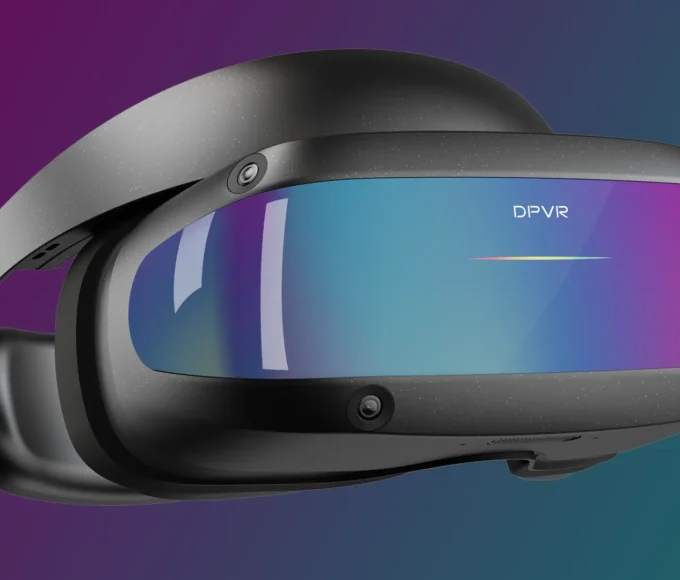Antlion’s ModMic Wireless has been my microphone of choice for such a long time, and has been the choice of microphone for many VR gamers/content creators given the clarity and wireless aspect. They have now entered the IEM market with the Kimura Due and Solo. I have been running the Kimura Duo through some testing over the last week, so what did I think and could it work for VR?
Firstly, you might be asking what is the difference between the solo and duo, outside of the single arm in the solo, this only comes with a single dynamic driver and the duo has the additional armature and a better clarity in higher frequencies.
What's in the box?
Inside of the box you get a pair Kimura IEM’s, one Kimura Microphone cable, a set of foam and large, medium and small silicone eartips, a shirt clip, a Antlion Y-adapter and a hard-shell carry case.
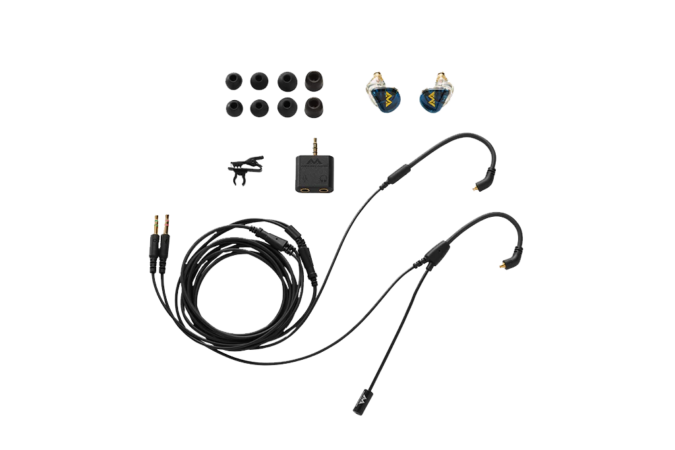
Setting up the product
Setting up the product is as simple as it could be, you just need to connect the IEM’s to the armatures and then connect the headphone and microphone split cables in to the sockets on your PC or to the Y-adapter if using them on a game console.
Specs
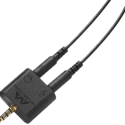
general
Cable Length: 2 Meters
Termination: Dual 3.5mm TRS jack
IEM Type: MMCX
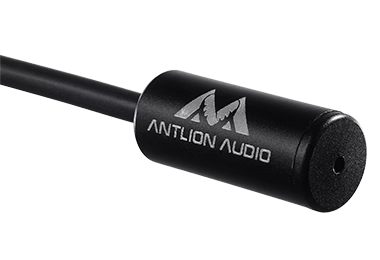
kimura MICROPHONE CAPSULE
Microphone Cable Microphone Pattern: Omni-Directional
Frequency Response: 100Hz – 10kHz
Sensitivity:-42±3 dB
Impedance: 2.2(Max) kΩ
S/N Ratio: 60(Min) dB
Maximum Input Sound Pressure Level: 115(Max) dB
Standard Operating Voltage: 2.0 Vdc
Operating Voltage Range: 1.0~10 Vdc
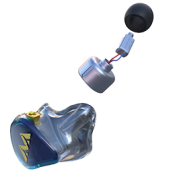
Kimura Duo IEM
One Dynamic Driver
One Balanced Armature
Sensitivity: 125dB
Impedance: 24Ω
Frequency Response Range: 10Hz-30kHz
Connector: MMCX
Testing the product
For the purpose of testing the product I ran it through some standard testing before testing it against the uses with Virtual Reality. Which was for PC, console and streaming use cases.
Before continuing with my results of the testing, I found in order to get the best out of the microphone on PC I did need to plug them into the rear of the PC and not in the port on the top of the tower. However, I did only test this one PC, so I am not sure if it is just the front ports on my tower that are faulty or something you will need to take into account.
This means there was a requirement to use two separate extension cables one for the microphone and audio due to the split-cable. Using two separate extension cables over one with the Y-adapter is what is recommended by Antlion, so this was the only test I did.
Microphone
The main use case of what Antlion are wanting to offer with the Kimura is adding a microphone to IEM’s, and overall with my testing against PC, PS5 and Xbox Series X (the later two using the Y-Adapter plugged into the controllers) the microphone sounded fine. Offering a better sounding quality microphone than most of my headset microphones, but you will find better quality in some affordable condenser microphones for PC gaming.
When it comes to using the microphone for streaming, I found for some reason in OBS it does need some tweaking in order to enhance the sound of the microphone to an acceptable level/quality for a stream. If you are unsure on how to do this there is plenty of help available around the internet.
Audio
For the audio testing I went into a number of different types of games from action, shooters, horror, visual novels and rhythm games to get a full feeling on what they offer.
I found with the rhythm games the bass frequencies were beefy, but never came across as muddy, which is made possible by the dynamic driver that is offered in the Kimura Duo’s. They handle both the mids and highs to a good level as well, especially for the price point of the product.
The overall gaming element the audio is handled very well, and shines when it comes to the positioning audio. In most gaming these days handling the positioning is essential to give the true experience, which is especially useful in online shooters and horror games – and the Kimura really delivers in this area.
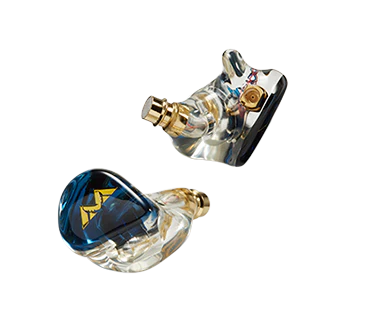
Testing with Virtual Reality
I did some testing on the product using them with a number of VR headsets, to see how they would work for a use case with Virtual Reality. As aforementioned I have been using Antlion’s ModMic Wireless for the wireless capabilities for some time now – and many other VR users vouch for this microphone. So it was certainly interesting to get down to testing a different Antlion microphone with the benefits of having a audio solution with it.
One issue I found when testing with VR was there seemed to be a bit of cable feedback noise when moving around in more active games – however this was solved with getting the cable placed correctly with the shirt clip to keep it more stable.
PCVR
When it comes to PCVR, as you can select an audio input source you can get the full use of the Kimura Duo. Now, one thing I think is worth mentioning for this part is, I only use wired VR for PCVR, so when testing it with the Meta Quest 2 on PC this was done with a link-cable and not via Virtual Desktop.
With this in mind as there is already a wire, I do use wired headphones from the PC and trace the headphone wire along the HMD cable – so I am personally used to having a wire from the PC for the audio.
As with the general gaming aspect the audio was great for PCVR, and the pinpoint 3D audio really adds to what is already and immersive medium for consuming games and content. I tested the microphone in social applications and everyone said it was clear and understandable, with no issues with the volume or performance of the microphone
PlayStation VR and Meta Quest 2 (standalone)
Now two of the other headsets I tested in the PlayStation VR and Meta Quest 2 (standalone) it does not allow the use of the microphone despite the use of the Y-adapter, as these only offer support for the microphones built into the HMD’s. With both of these HMD’s I really found that the clarity offered by the IEM’s vastly improved the audio experience and supported the 3D-audio that makes VR so immersive.
I am not sure if the PlayStation VR 2 will allow for the use of an external microphone with their latest HMD, but I will find out soon.
REVIEWED USING PS5, XBOX SERIES X, PC & MULTIPLE HMD'S
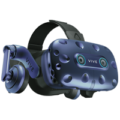
For the purposes of transparency, this review was created using a sample provided by the company or their respective PR company. The use of a review sample does not affect my judgement of the product.
REVIEW OVERVIEW

The Kimura Duo is a fantastic solution for those who want IEM’s with a microphone or to add a microphone to their current IEM’s. If you are looking for a comfortable pair of in-ear headphones for any sort of gaming, that handle all elements of the audio to an impressive standard these could be perfect for you – as I have been impressed with the dynamic driver used and the positional audio. However, if you are looking a microphone solution for streaming, if you are not wanting to research how to enhance the microphone quality in streaming software like OBS then this might not be the right option for you.




